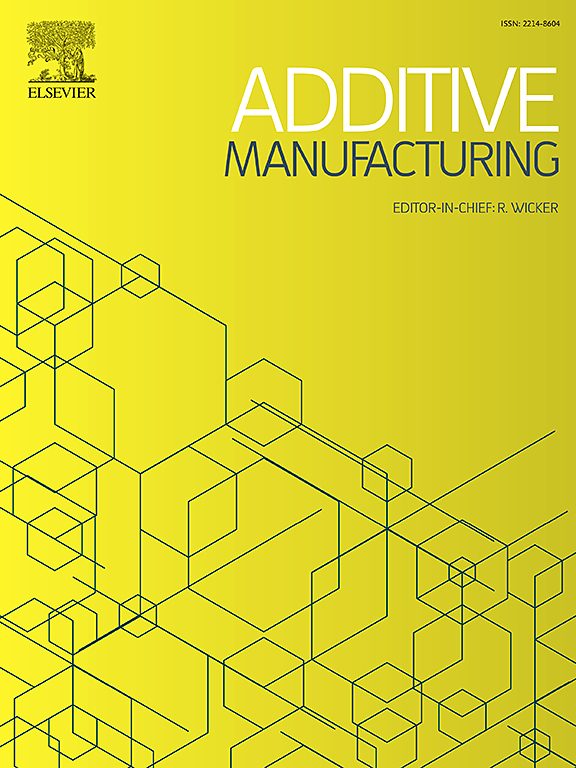Flexible lattice structure using curved struts based on body-centered cubic structure
IF 10.3
1区 工程技术
Q1 ENGINEERING, MANUFACTURING
引用次数: 0
Abstract
Mono-material design is effective for achieving sustainability and a circular economy. Conversely, most industrial products are manufactured using a diverse range of materials to introduce multifunctional properties and characteristics. To resolve this trade-off, a wide range of mechanical properties can be achieved by controlling the porous cellular structures using a single material. For instance, Young’s modulus can be modified by changing the relative density of the cellular structures. However, in the case of 3D printed components, the lower limit of the relative density depends on the dimensional accuracy that can be achieved. Therefore, a novel flexible lattice structure is proposed to increase the range of mechanical property control. The key aspect of our lattice structure is the realization of slender and tilted struts by curving the struts of a conventional lattice structure. Consequently, the resulting structures exhibited approximately 40 times greater flexibility than body-centered cubic and octet truss lattices at the same relative density. Furthermore, Young’s modulus and static energy absorption values were achieved over a range of approximately three orders of magnitude by controlling the relative density from 13.3% to 100% for our lattice.
求助全文
约1分钟内获得全文
求助全文
来源期刊

Additive manufacturing
Materials Science-General Materials Science
CiteScore
19.80
自引率
12.70%
发文量
648
审稿时长
35 days
期刊介绍:
Additive Manufacturing stands as a peer-reviewed journal dedicated to delivering high-quality research papers and reviews in the field of additive manufacturing, serving both academia and industry leaders. The journal's objective is to recognize the innovative essence of additive manufacturing and its diverse applications, providing a comprehensive overview of current developments and future prospects.
The transformative potential of additive manufacturing technologies in product design and manufacturing is poised to disrupt traditional approaches. In response to this paradigm shift, a distinctive and comprehensive publication outlet was essential. Additive Manufacturing fulfills this need, offering a platform for engineers, materials scientists, and practitioners across academia and various industries to document and share innovations in these evolving technologies.
 求助内容:
求助内容: 应助结果提醒方式:
应助结果提醒方式:


